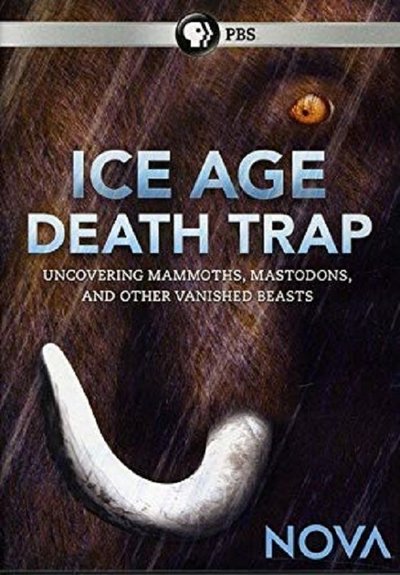Ice Age Death Trap
Uncovering mammoths, mastodons, and other vanished beasts
Genres
Documentary
OverView
In a race against developers in the Rocky Mountains, paleontologists uncover a unique fossil site packed with astonishingly well-preserved bones of mammoths, mastodons, and other giant extinct beasts. The discovery opens a highly focused window on the vanished world of the Ice Age in North America.
Others
Budget
$--
Revenue
$--
Status
Released
Original Language
English
Runtime
54 mins
Rating
9/10
Release Date
01 February 2012
Country
United States of America



